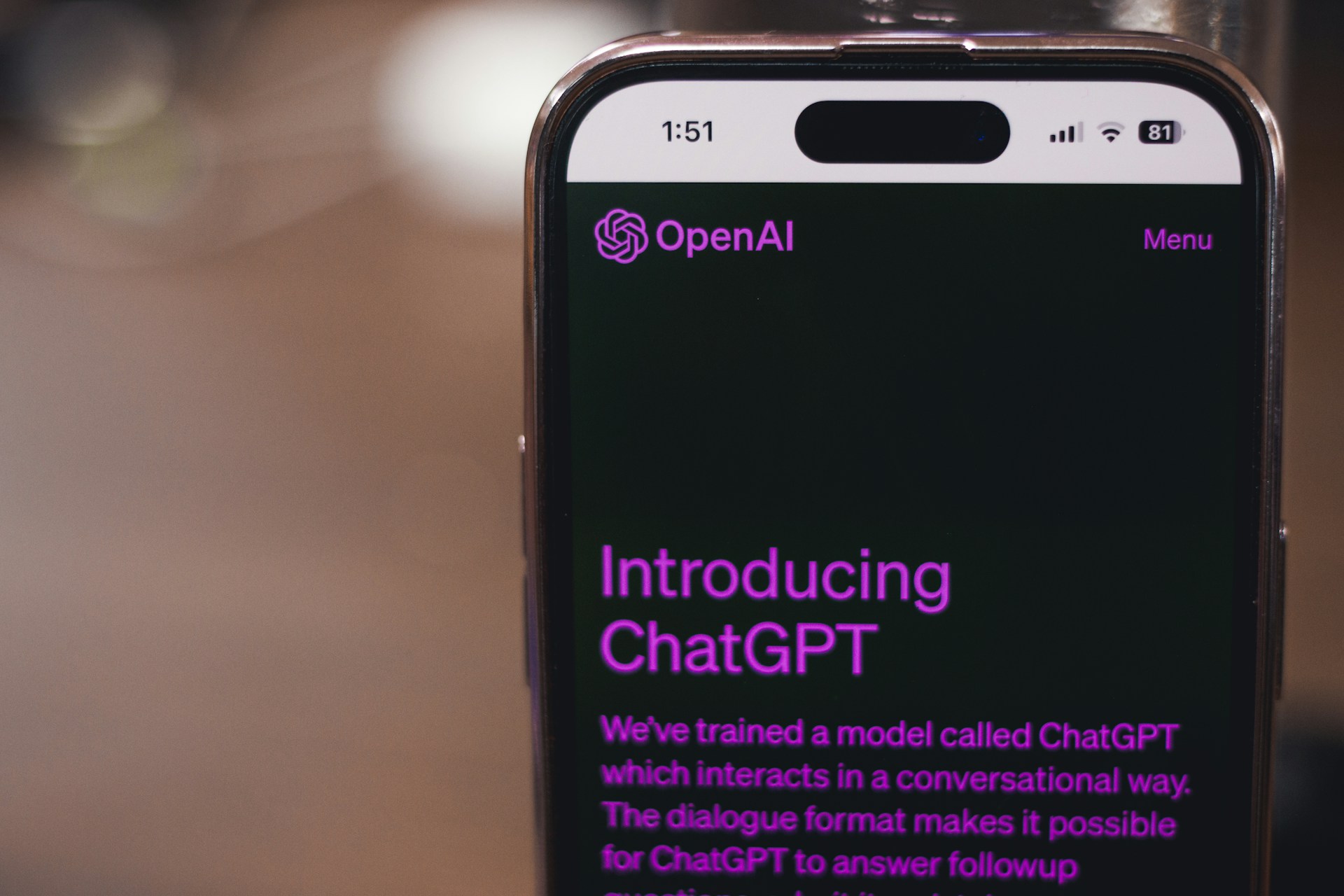Here are some interesting decision-making frameworks and concepts that can help you shape your own decision-making process. It does not have to be a strict process. You can include questions, steps, and biases to avoid to create something that helps you make better decisions.
Here are two very interesting frameworks. I learned about them from books (which I will attach), and I believe that everyone should develop their own framework for decision making. I will not reveal all the details from the books, as you need to buy them to fully understand the framework and its approach.
Framework #1: Upstream thinking
Upstream thinking is one of the best concepts for an aspiring Product manager. Generally, upstream thinking means that we should look at the forest and not the tree. When we see a problem we should be able both solve it AND prevent it from happening again. While solution is quite straightforward, prevention on the other hand is quite complex.
3 main obstacles for Upstream thinking:
- Problem blindness: This means that we can't solve a problem if we don't see it. To overcome this, we need to carefully examine the system behind a situation. Every system is perfectly designed to get the results it gets, so we need to understand how the system works in order to change it.
- Lack of ownership: This is when people say, "That's not my problem to fix." In product management, it's important to set clear responsibilities and make sure that everyone is on the same page about what needs to be solved. If no one is taking ownership, we need to step up and take responsibility ourselves.
- Tunneling: This is when people focus on solving the immediate problem, rather than preventing future problems. This can lead to a never-ending cycle of firefighting and short-term thinking. To avoid tunneling, we need to think long-term and focus on preventing problems from happening in the first place.
7 Questions to enhance your upstream thinking
- Where to find a point of leverage? → Get closer to the problem.
- How to get early warning of the problem? → Deploy sensors, look for predictors.
- How to know you are succeeding? → Pre-game your measures, use pair measures.
- How to change the system? → Fight for system changes. Shape the water.
- How to avoid doing harm? → Look beyond the immediate. Close feedback loops.
- How to unite the right people? → Surround the problem. Use data for learning.
- Who will pay for what doesn't happen? → Align incentives.
Based on book:
Upstream: The Quest to Solve Problems Before They Happen
Upstream: The Quest to Solve Problems Before They Happen - Kindle edition by Heath, Dan. Download it once and read it on your Kindle device, PC, phones or tablets. Use features like bookmarks, note taking and highlighting while reading Upstream: The Quest to Solve Problems Before They Happen.
www.amazon.com

Framework #2: Decisive
The book Decisive provides a framework for decision making. It is a step-by-step framework that can help you overcome biases and emotions and make the best decision possible.
The framework has four main pillars:
1. Widen your options (avoid black & white thinking)
- It not whether OR it’s AND.
- Beware of spotlight thinking.
- Look for additional solutions elsewhere.
2. Reality-test your assumptions
- Seek additional data.
- Run experiments.
- Play the devil’s advocate.
3. Attain distance before deciding
- Delay the final decision from the heat of the moment. Decide tomorrow.
- Avoid sunk cost.
4. Prepare to be wrong
- We can’t predict the future.
- The more expert, the more over-confidence
Normal process of a decision:
- You encounter a choice,
- You analyze the options,
- You make a choice,
- You live with it and its consequences.
The book also identifies four "villains" of decision making:
- Narrow framing: This is the tendency to focus on a narrow range of options and to ignore potential opportunities.
- Confirmation bias: This is the tendency to seek out information that confirms our existing beliefs and to ignore information that contradicts them.
- Short-term emotions: This is the tendency to let our emotions influence our decisions, even when we know that they are not the best course of action.
- Overconfidence: This is the tendency to overestimate our ability to predict the future and to make decisions that are too risky.
Based on book:
Decisive: How to make better choices in life and work
Decisive: How to make better choices in life and work - Kindle edition by Heath, Chip, Heath, Dan. Download it once and read it on your Kindle device, PC, phones or tablets. Use features like bookmarks, note taking and highlighting while reading Decisive: How to make better choices in life and work.
www.amazon.com

Relevant posts:
![[Notes] PM Habits Seminar: Get Shit Done by Shreyas Doshi](https://images.unsplash.com/photo-1517842645767-c639042777db?ixlib=rb-4.0.3&q=90&fm=jpg&crop=entropy&cs=srgb&w=1920)
![[Guide] Two decision making frameworks (+books)](https://images.unsplash.com/photo-1533073526757-2c8ca1df9f1c?ixlib=rb-4.0.3&q=90&fm=jpg&crop=entropy&cs=srgb&w=3840)












